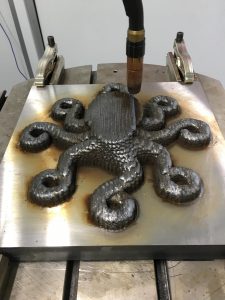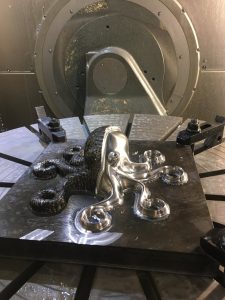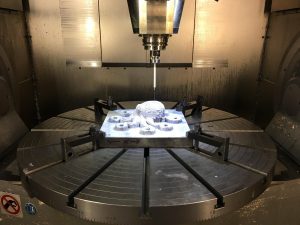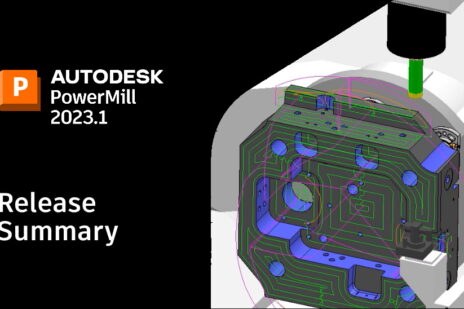
Innovative manufacturing can be anything from intelligently using age-old technology to adapting processes to new technologies.
Machining has been around since the mid-nineteenth century… even NC (which eventually became CNC) machining has been a thing since the 1940s and 50s. Workholding and tooling, as well as improved CAM-generated toolpaths and machine capabilities, have helped these old technologies make ever-more complicated parts and products.
3D printing has been around for a while now, but the technology has improved and drastically come down in price in the last decade. The most innovative manufacturers have started to utilize the best of both the world of CNC machining and 3D printing.
But how does combining two expensive-to-run technologies improve manufacturing?
3D printing, or additive manufacturing, has the ability to create incredibly complex and unique shapes without requiring hundreds of pounds of billet.
Subtractive manufacturing – traditional CNC machining – has the ability to efficiently make incredibly precise parts, but often requires time and/or large amounts of expensive stock to do so.

By hybridizing their manufacturing processes and combining additive with subtractive manufacturing, organizations are able to 3D print a part without the waste CNCing and then finish the part with subtractive processes, to get the precision they need.
Hybrid Manufacturing at Autodesk

Aerospace organizations are especially into using the technologies in this way. Sometimes parts have self-contained components or they have incredibly complex shapes. While we all love making chips with a CNC machine, it can be expensive when you need to make parts with incredibly thin features.

3D printing metal can be expensive, but if you don’t need to purchase an entire block of metal to just cut it away, you’re saving money.
The trickiest part of hybrid manufacturing is the fact that you’re using multiple processes. In this way, traditional CNCers have a leg up on the 3D printer-types. Those already familiar with machining understand the need for proper tool paths and utilizing CAM. This brings a whole new layer of complexity when it comes to tooling, toolpaths, and machine tool technology.
The future of manufacturing is bound to rely on finding the best, and most efficient, ways to combine technologies.




Add comment
Connect with: Log in
There are no comments